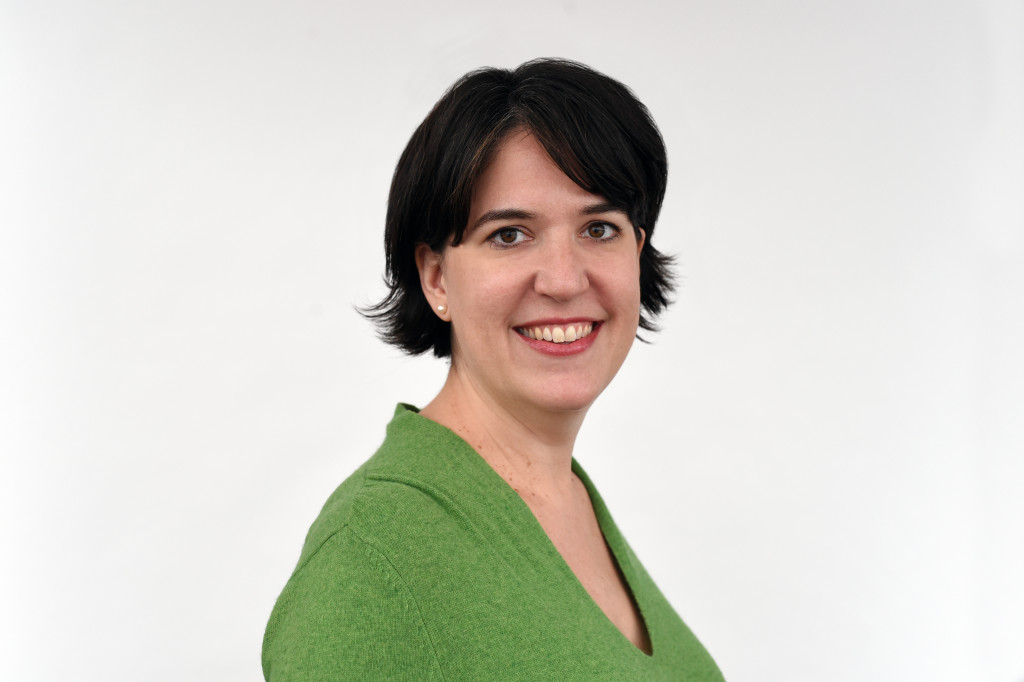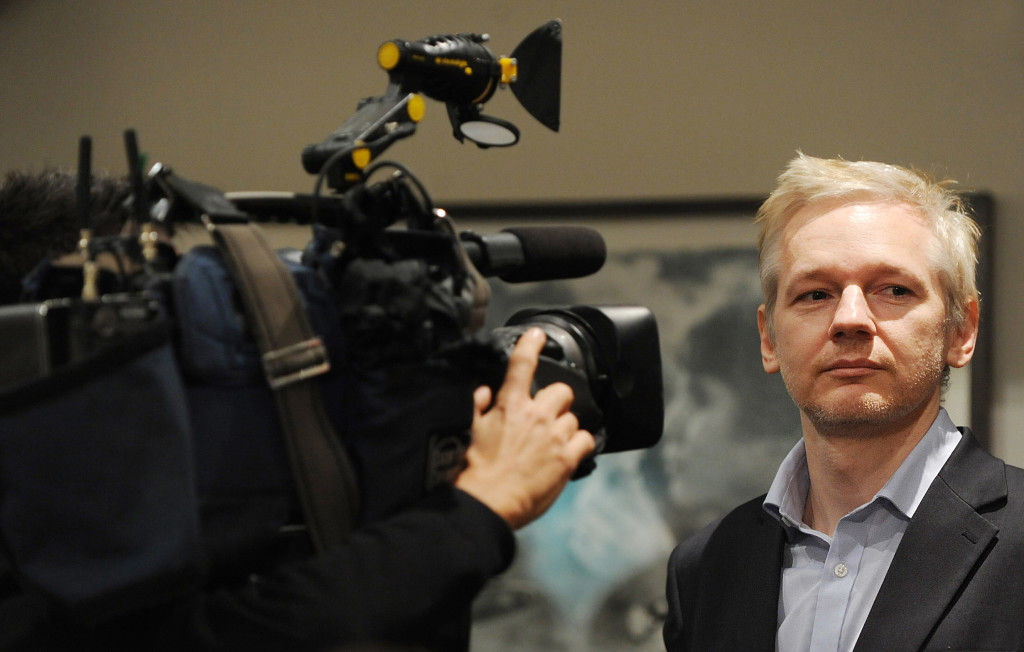Inside WikiLeaks’ “Harm-Minimization Process”

August 30, 2011
Share
In light of the latest controversy over WikiLeaks’ inadvertant release of the original, unredacted, diplomatic cables — and the danger to sources whose identities have been revealed — we thought it was worth revisiting what Julian Assange told us himself in April 2011 about what he describes as the group’s “harm-minimization” procedures:
We, as all good investigative journalists do, name names. We name names of those people that are involved in corrupt or abusive activities, and that includes in Afghanistan. And then there are people that are incidental characters, that are not themselves threatened in any way. They should also be named as part of just the context of the situation.
We have a harm-minimization procedure. A harm-minimization procedure is that we don’t want innocent people who have a decent chance of being hurt to be hurt. Now, no one has been hurt. There is no allegation by the Pentagon or any other official source that anyone has been physically harmed as a result of our publication of the Afghan war logs, the Iraq war diaries or the State Department records, or the “Collateral Murder” video, or in fact anything we have done over the past four years in over 120 countries.
Now, we are dealing with very significant and substantial information. There may come a time where in order to save people from war, to save people from corruption, to assist in taking a dictatorship to a democracy that people incidentally come to harm. That is never our intention. That day may yet come, but that day has not come yet. And that is, in fact, a proud record for this organization.
Der Spiegel traces the leak to the ongoing feud between Assange and former WikiLeaks spokesman Daniel Domscheit-Berg.
But the issue of harm-minimization has dogged WikiLeaks for some time, as seen in the above clip from our film WikiSecrets.
Related Documentaries
Latest Documentaries
Related Stories
Related Stories
Policies
Teacher Center
Funding for FRONTLINE is provided through the support of PBS viewers and by the Corporation for Public Broadcasting. Additional funding is provided by the Abrams Foundation; Park Foundation; the John D. and Catherine T. MacArthur Foundation; and the FRONTLINE Journalism Fund with major support from Jon and Jo Ann Hagler on behalf of the Jon L. Hagler Foundation, and additional support from Koo and Patricia Yuen. FRONTLINE is a registered trademark of WGBH Educational Foundation. Web Site Copyright ©1995-2025 WGBH Educational Foundation. PBS is a 501(c)(3) not-for-profit organization.




















